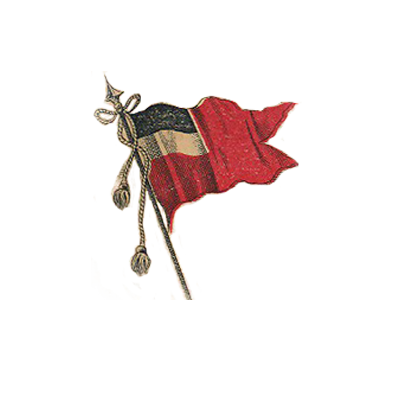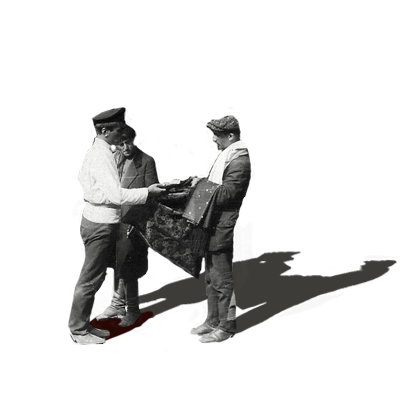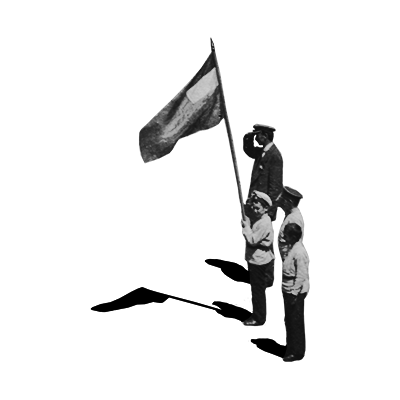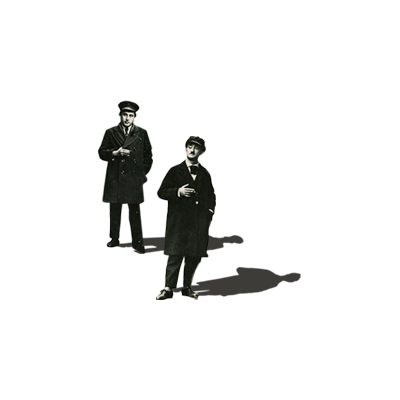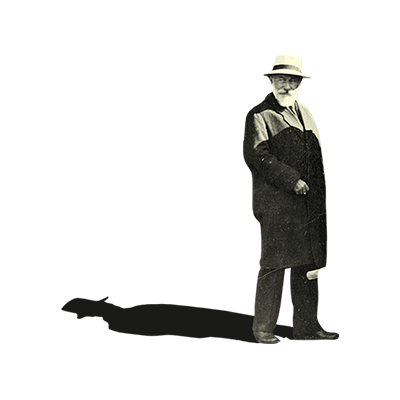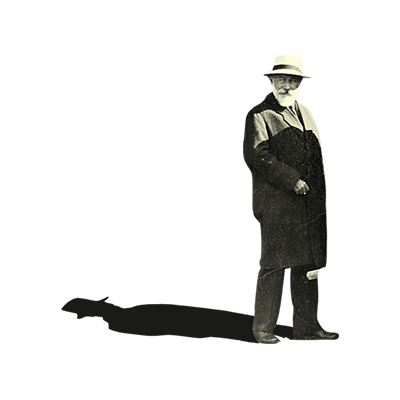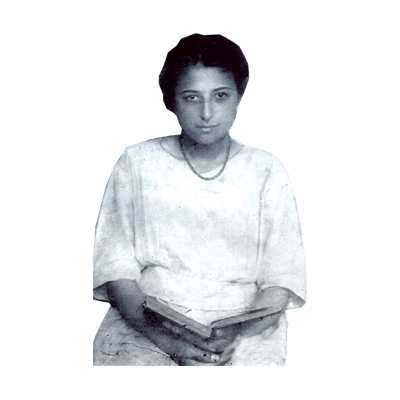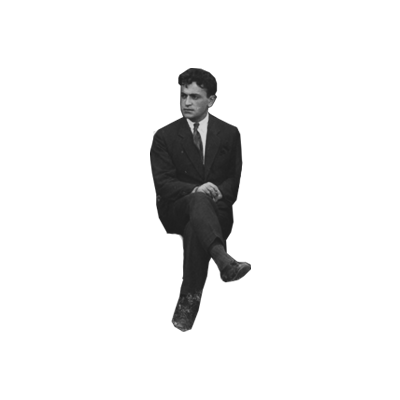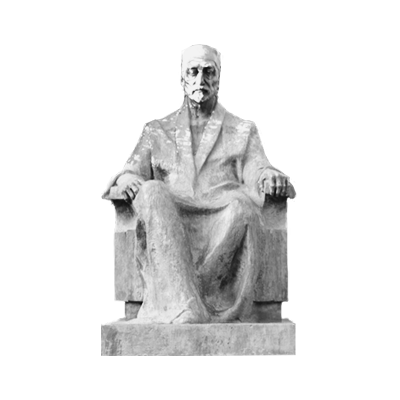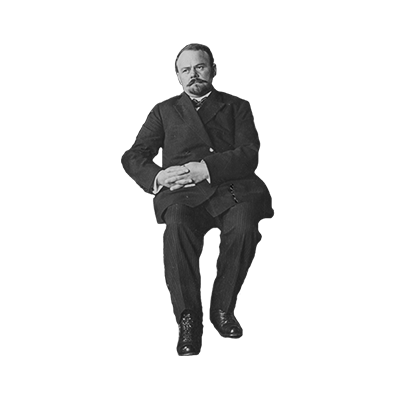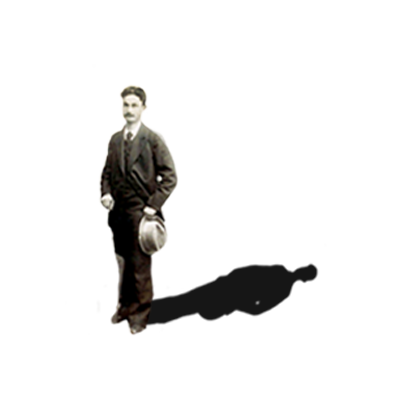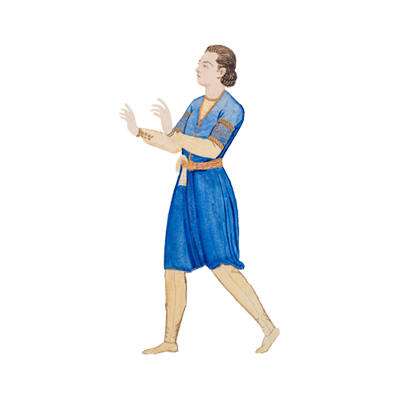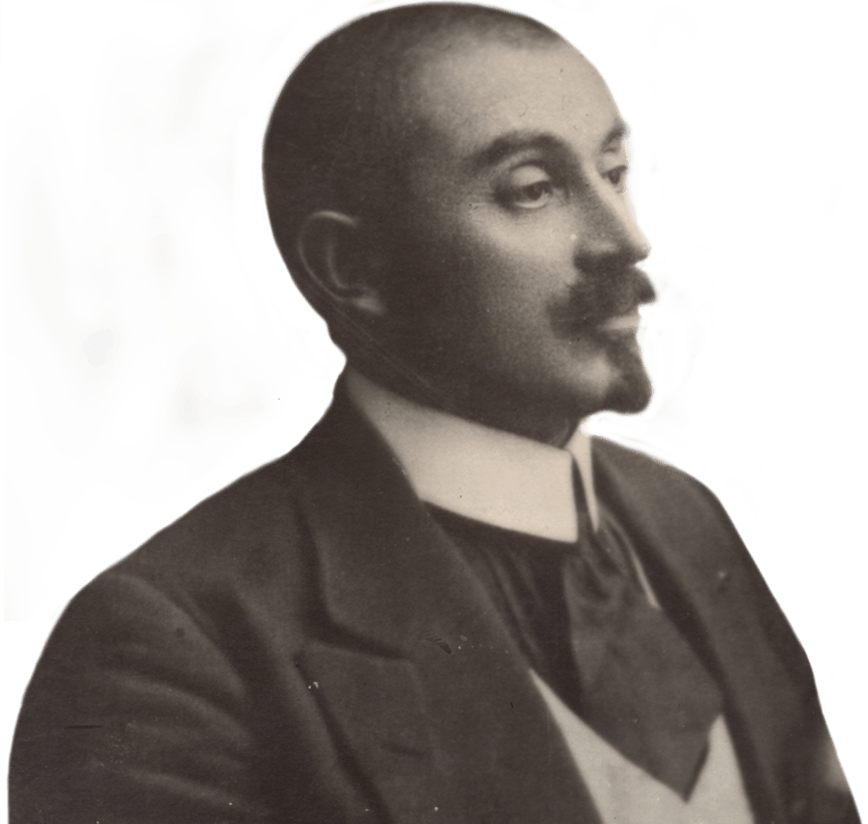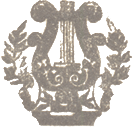




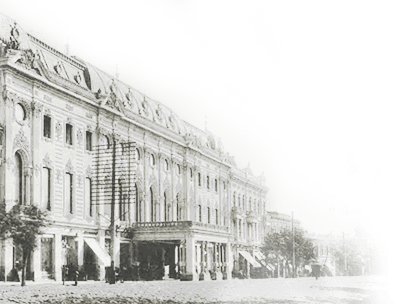
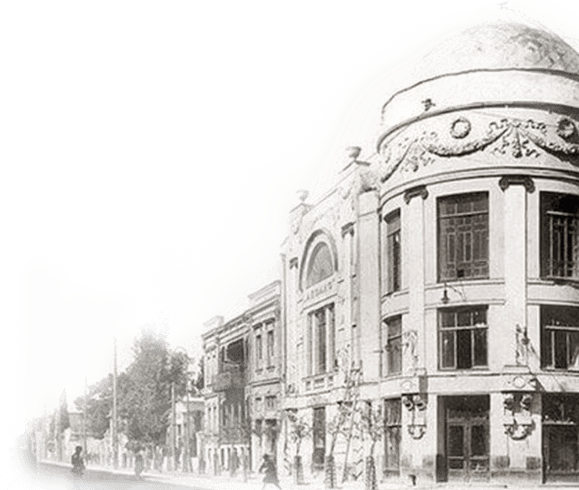


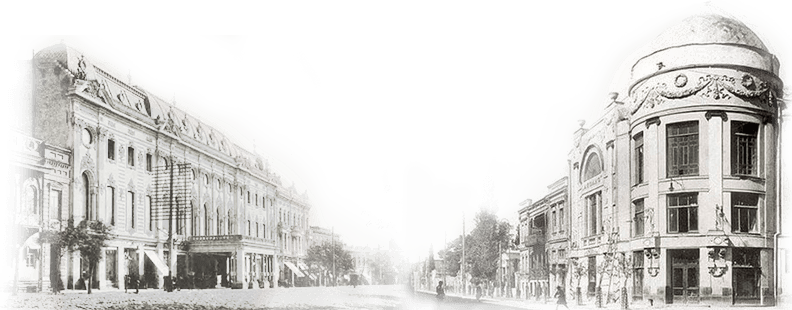
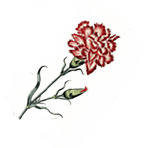
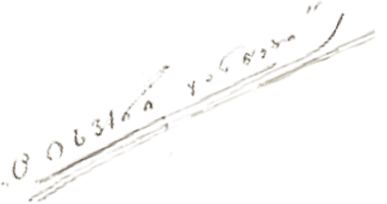
Culture and Art Culture and Art
Literature Movie Theater Opera opera Literature Movie Theater Opera opera
1918-1921 1918-1921


The Tsisperqantselebi (Blue Horns) group of symbolists emerged in Georgian arts to herald substantial shifts. They first make their presence known in 1915 in Kutaisi, moving in 1918 to Tbilisi and continuing revolutionary cultural work. Being a Tsisperqantselebi member in a country with conservative literary traditions meant being a rebel surrounded by enemies. These symbolists perceived the color blue as one standing for poetry, and the horn stood for bohemian lifestyle with a touch of Georgian. The Tsisperqantselebi had their own publications, such as Meotsnebe Niamorebi (Daydreaming Chamois), Mshvildosani (Archer), Barrikadi (The barricades) and Bakhtrioni. The Tsisperqantselebi, in their declarations, claimed to be adherents of symbolism, with bohemian artistry serving as their artistic way and lifestyle. The members of this trend included Grigol Robakidze, Titsian Tabidze, Paolo Iashvili, Valerian Gaprindashvili, Kolau Nadiradze, Elene Dariani, and others. The Tsisperqantselebi often gathered in cafes and clubs and teamed up with painters, poets, and actors. Similar to St. Petersburg and Paris, artistic cafes operated in Tbilisi, where Paolo Iashvili held regular evening events, poems were recited by Grigol Robakidze, Titsian Tabidze, Shalva Amirejibi, Leli Japaridze, with visitors like Konstantin Balmont, Sergey Gorodetsky, Ilia Zdanevich, and many others. With numerous cafes and bohemian lounges opening, the Tsisperqantselebi decided to establish a gathering place of their own. So they established the Chimerioni café in the basement of modern-day Shota Rustaveli Theater, in place of the famous Anona Restaurant on Rustaveli Avenue. The name Chimerioni was borrowed from a poem by Valerian Gaprindashvili, also a member of the group. Grigol Robakidze, the flagman and driving force behind the Tsisperqantselebi, reminisced, “Tfilisi [Tbilisi] is a peculiar city, becoming even more peculiar in 1919-1920. Exiled or fleeing Russians found refuge here. Kochalov could be seen on the stage. There were also Khodotov in Tfilisi, also performing onstage. Composer Cherepnin would enter cafes, drunk and nostalgia-plagued Russia. Artist Sergey Sudeikin painted a restaurant christened by Georgian poets as Chimerioni.”
The works of the Tsisperqantselebi had a tremendous impact on Georgian arts, unfortunately becoming widely known only after the collapse of the Soviet Union. Their allegories continue to amaze Georgian readers with their unconventional phrasing, manifestos, and zeal to oppose reality.
The works of the Tsisperqantselebi had a tremendous impact on Georgian arts, unfortunately becoming widely known only after the collapse of the Soviet Union. Their allegories continue to amaze Georgian readers with their unconventional phrasing, manifestos, and zeal to oppose reality.
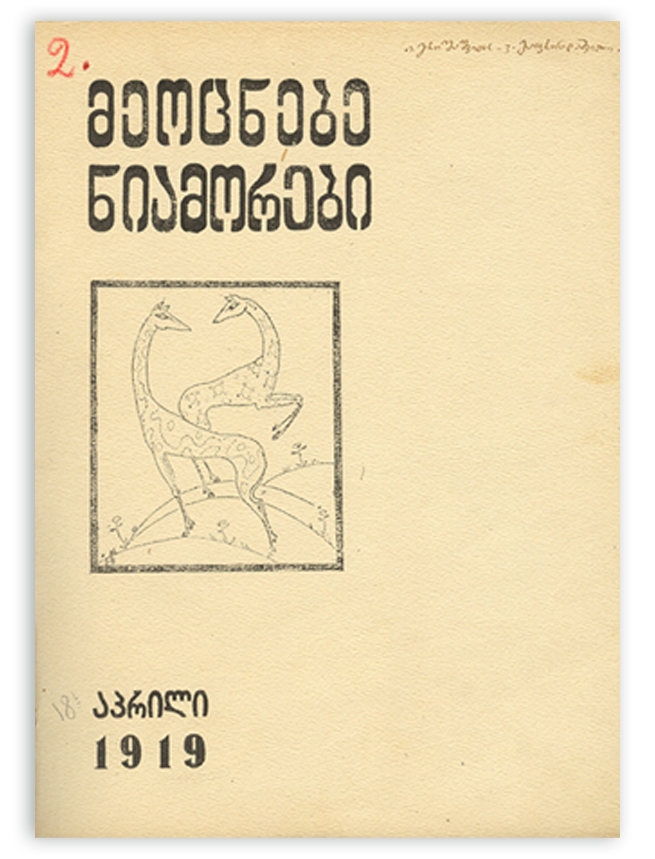
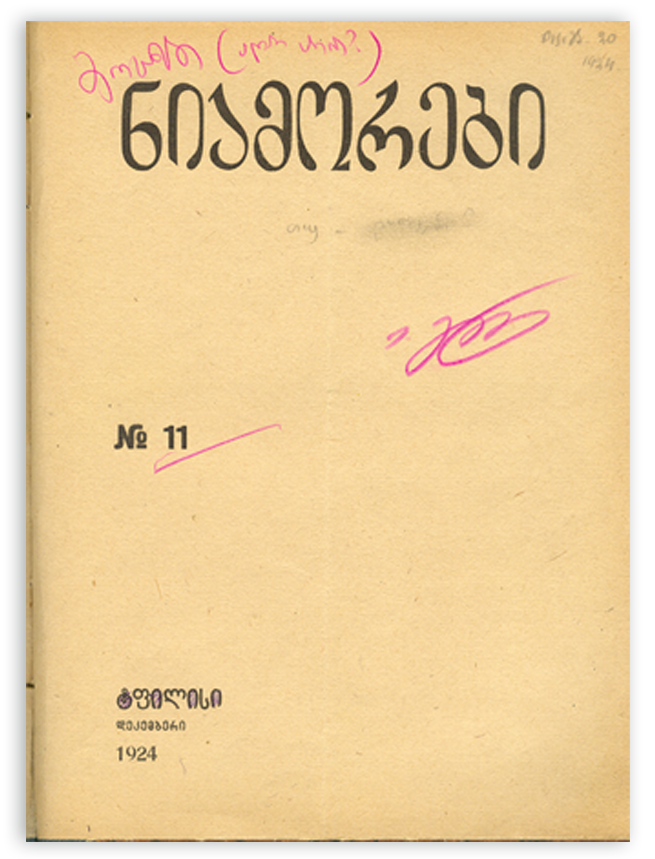
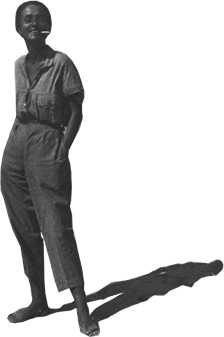



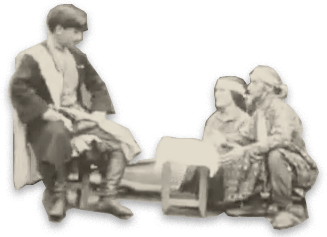
Georgian Cinematography Georgian Cinematography
1918-1921 1918-1921
Democratic Republic of Georgia Democratic Republic of Georgia
In the 1910s, cinematography gained a foothold in the Republic of Georgia. In 1919-1920, cameraman Alexandre Dighmelov, under film director Vladimir Barski’s supervision, filmed the movies “A Corpse with a Severed Head”, “Tell Me Why”, and “Do Not Sleep” commissioned by the Filma JSC.
Georgian film “Christine” Georgian film “Christine”
Directed by - Aleksandre Tsutsunava, Germane Gogitidze Directed by - Aleksandre Tsutsunava, Germane Gogitidze
Created - Christine - Egnate Ninoshvili Created - Christine - Egnate Ninoshvili
In the 1910s, cinematography gained a foothold in the Republic of Georgia. In 1919-1920, cameraman Alexandre Dighmelov, under film director Vladimir Barski’s supervision, filmed the movies “A Corpse with a Severed Head”, “Tell Me Why”, and “Do Not Sleep” commissioned by the Filma JSC. In 1918-1921, almost 30 movie theaters operated in Georgia, screening European, Russian and locally produced documentaries and feature films. At that time, Georgian cinematography was actively propagated by Shalva Dadiani. Throughout the three years of the Democratic Republic of Georgia, key historical events and activities were filmed. In 1918-1921, the largest film company in Georgia was owned by Georgian-based Belgian entrepreneur Pirone. It is known that Pirone established his company in 1918 to rent out Russian and European films and screen them in the movie theaters operating in Georgia. Notably, Kristine, the first Georgian full-length feature film, debut during the years of independent Georgia after almost two years of production. The film is based on Egnate Ninoshvili’s work with the same name, with the screen adaptation provided by Alexandre Tzutzunava who also directed the film.


Every area needs an educational center for development. It was under the Democratic Republic of Georgia that the Conservatory, the first Georgian-language music school of higher education in Transcaucasia, opened. Opera at that time, which combines several branches of art, acquired great importance in the cultural life of the independent republic. At that time, the Tbilisi Opera House showcased Kristine by Valerian Gogniashvili, eth first Georgian opera, on June 17, 1918. The operas staged by the Tbilisi Opera House in 1919 are considered the first classic examples of this genre, such as The Legend of Shota Rustaveli by Dimitri Arakishvili (premiered on February 5), Abesalom and Eteri by Zacharia Paliashvili (February 21), and Keto and Kote by Victor Dolidze (December 11). The 1918-1921 processes in Georgian folk music were undoubtedly exceptional and progressing as part of the history of Georgian music. Equally important was the success of the Georgian vocal art, with Vano Sarajishvili as one of its most illustrious representatives. In 1918, Georgian composer Kote Potskhverashvili composed Dideba (Glory), the first anthem of the democratic republic, which subsequently became the musical symbol of free Georgia.
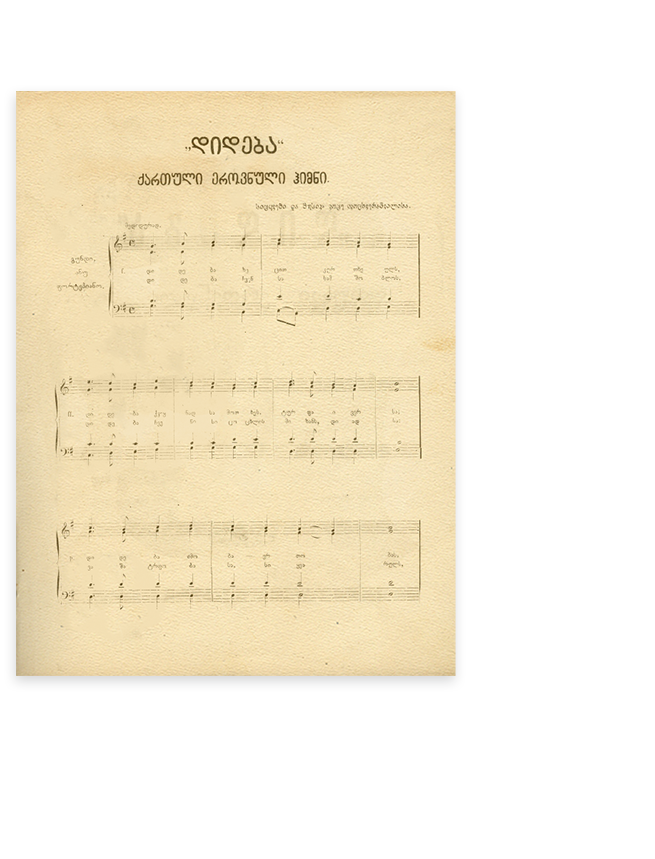
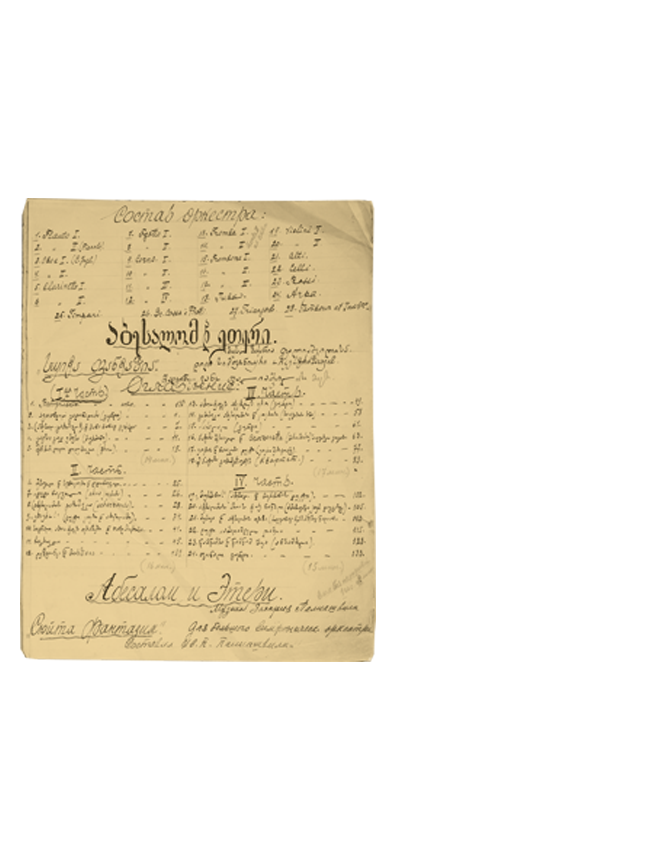
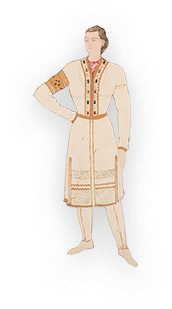
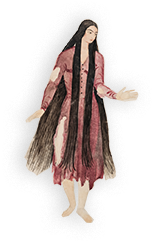
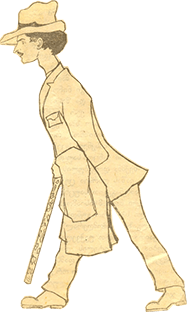

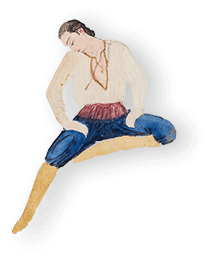





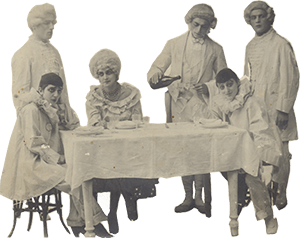


In the three years of independence and freedom, Georgia proved to be a center of cultural vibrancy that was impossible to stop. At that time, culture acquired new overtones, came alive, and witnessed an unimaginable number of novelties. The open and free coexistence of different artistic tastes became an inseparable part of Georgia, especially of Tbilisi. Theater, opera, cinematography, painting—every branch was fueled by inspiration. Many new bohemian, artistic, and literary cafes opened with an air of Paris and St. Petersburg to them, yet completely original, full of fresh energy. Many commented that “Tbilisi looked like an oasis in the desert that attracted those fleeing from the storm of war and revolution.”
In the three years of independence and freedom, Georgia proved to be a center of cultural vibrancy that was impossible to stop. At that time, culture acquired new overtones, came alive, and witnessed an unimaginable number of novelties. The open and free coexistence of different artistic tastes became an inseparable part of Georgia, especially of Tbilisi. Theater, opera, cinematography, painting—every branch was fueled by inspiration. Many new bohemian, artistic, and literary cafes opened with an air of Paris and St. Petersburg to them, yet completely original, full of fresh energy. Many commented that “Tbilisi looked like an oasis in the desert that attracted those fleeing from the storm of war and revolution.” Avant-garde directions emerged in painting, such as Futurism and Dadaism. Lado Gudiashvili, Davit Kakabadze, Elene Akhvlediani, brothers Zdanevich, and many others entered the arena. The Georgian painting of that time developed mainly in cafes, painting in abundance the walls of these facilities and turning them into shrines of sorts adorned with frescoes of their own making. These cafes hosted theatrical performances with no directors, as the processes was invariably changeable, improvisational, and diverse. Those three years witnessed uncensored national culture that undoubtedly had an impact on the subsequent cultural development, which goes to prove that freedom is the source of a myriad of innovations.












